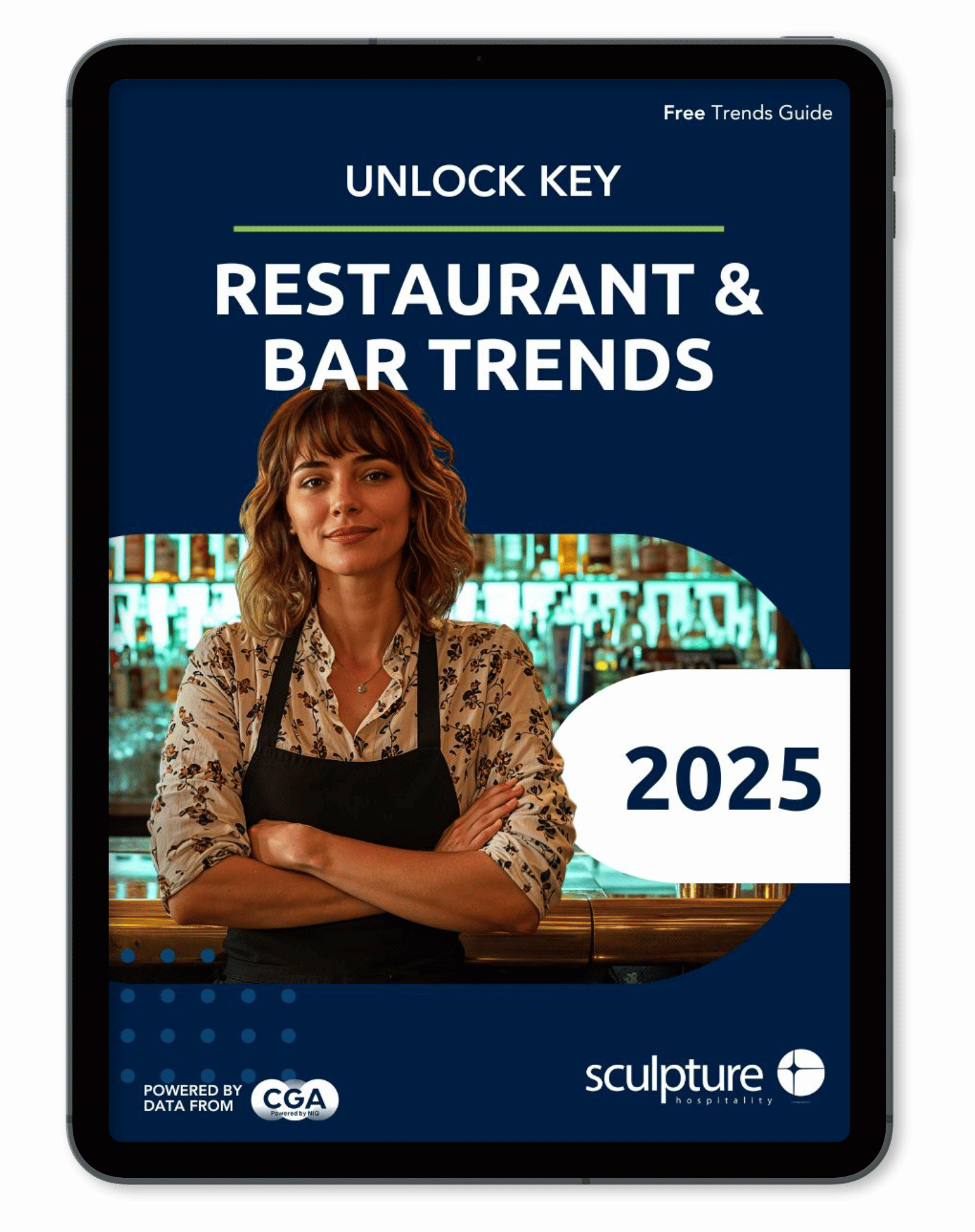Ghost kitchens—delivery-only food businesses—offer exciting opportunities for operators to expand with lower overhead. But with no in-person guest experience and tighter margins, food cost control becomes even more critical.
Whether you're opening your first ghost kitchen or expanding an existing brand into the virtual space, getting a handle on costs early can make or break your profitability. Here's how to build control into your kitchen from the very beginning.
Start With Menu Engineering
Your menu is your biggest opportunity—and risk—when it comes to food cost.
Focus on:
- Ingredient cross-utilization: Limit your menu to items that share core ingredients. This reduces waste and simplifies ordering.
- Streamlined packaging: Choose items that travel well and don’t require excessive garnishes or fragile components.
- Portion control tools: Use scales, scoops, and standardized recipes to eliminate over-portioning.
Not sure where to begin? Learn how recipe-level costing supports smart pricing and margin management.
Design for Delivery Efficiency
Your kitchen setup should prioritize speed, consistency, and minimal waste.
- Group stations around food categories or preparation styles.
- Pre-batch where possible—especially for sauces, dressings, or common components.
- Store packaging and disposables in logical order to streamline prep-to-packaging flow.
Ghost kitchens can move fast. A system built for repeatability minimizes mistakes that lead to spoilage or remakes.
Leverage Inventory Tracking Tools
Without dine-in feedback loops, ghost kitchens rely even more on operational data.
Inventory management software gives you visibility into:
- Ingredient depletion and ordering patterns
- Waste logs and over-portioning risks
- Price fluctuations from suppliers
Explore how Sculpture Hospitality’s restaurant inventory software helps ghost kitchens forecast, manage par levels, and reduce food waste.
“Most ghost kitchens that fail do so because they can’t control margins at scale. Solid inventory control is the difference between one great menu item and a sustainable business.” — Gavin M., Virtual Brand Consultant
Train Staff on Cost-Conscious Culture
Even with a small team, your staff needs to understand the financial impact of every prep task.
- Teach proper storage, labeling, and FIFO (First In, First Out)
- Track waste and create daily or weekly review habits
- Reinforce that every drop of sauce or misplaced ingredient affects profit
See how better staff training reduces food cost variance across shifts.
Build in Scalability From the Start
Ghost kitchens often scale quickly—sometimes too quickly. But rapid expansion without cost controls can lead to losses.
Before growing to a second location or launching new brands:
- Validate pricing models and ingredient sourcing
- Use inventory data to identify which dishes drive profitability
- Keep menus lean and test new items as limited-time offers
Final Thought: Don’t Let Efficiency Eat Your Margin
Ghost kitchens promise speed and lower startup costs, but that doesn’t mean guaranteed profit. Success depends on the systems behind the scenes. With disciplined inventory practices, a smart menu, and trained staff, you can serve convenience and protect your bottom line.
Ready to scale your virtual kitchen profitably? Sculpture Hospitality can help you build smarter systems from day one.









